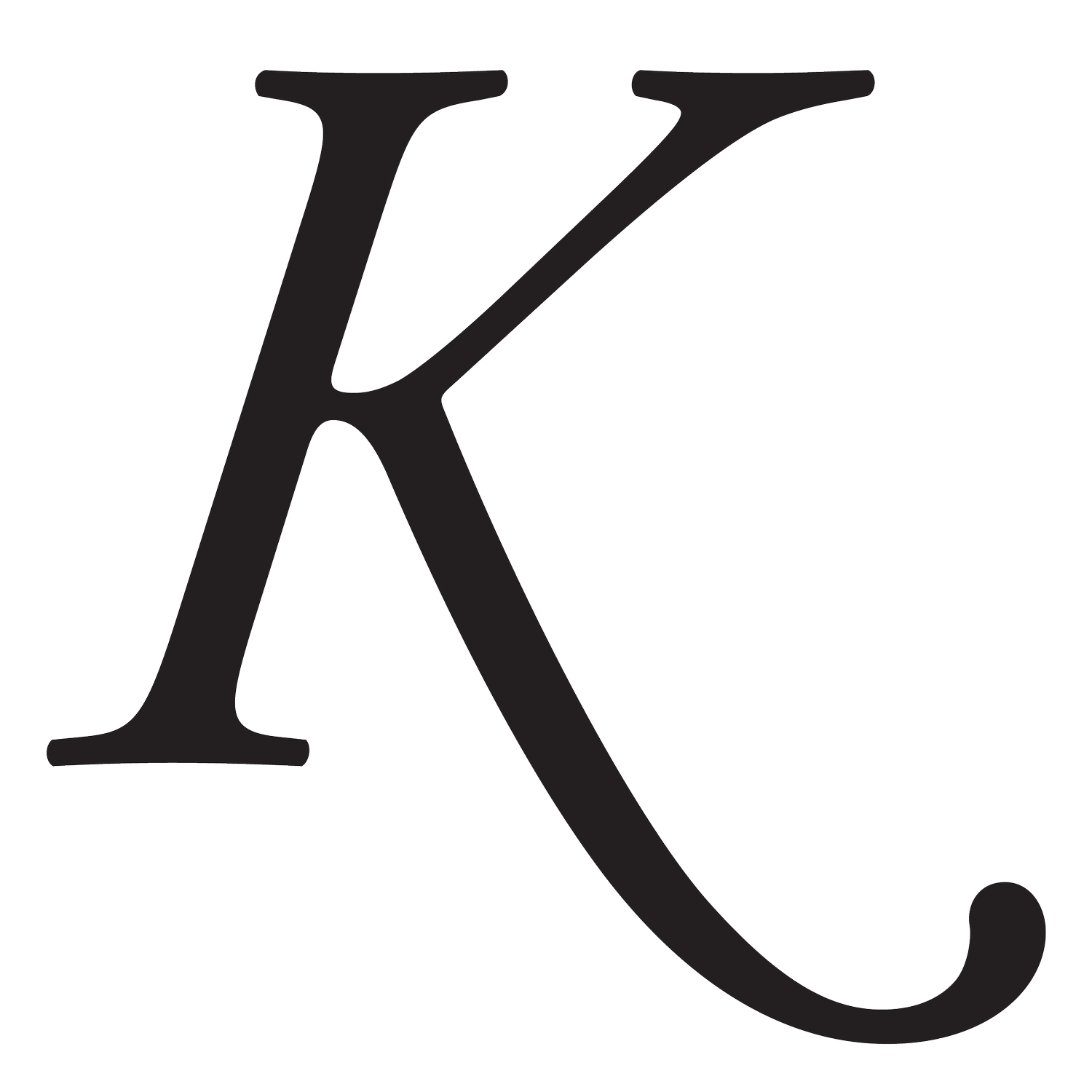
Conceptual Illustration
I was extremely lucky to learn conceptual illustration under the impeccable eyes of Oliver Munday & Peter Mendelsund alongside the brilliant minds of Paul Spella, Arsh Raziuddin, and Adam Maida. I began illustrating for The Atlantic’s web-only stories in March of 2020. Some days I illustrated as many as six stories, usually with an hour or less to devote to each. The intensity of that season trained me well, though I much prefer the pace of freelancing.
LATEST
Now that I’ve gone freelance, I’ve had the honor of illustrating for Fortune, The Wall Street Journal, The New Republic, Yahoo! News, Metaleap Creative, Bond Studios. Sometimes The Atlantic brings me back for short stints while their hard-working ADs take some much-needed time off.
I had under two hours to make something for Edward-Isaac Dovere’s bombshell piece on the way Senator Rand Paul exposed congress while waiting for COVID test results. Representing COVID contagion with abstract neon yellow dots came to me spontaneously. It’s a tactic I returned to many time over 2020, but this first iteration was my best.
You’ll notice my love of neon yellow again in next illustration. Sarah Zhang wrote on the desire for freedom and feeling of confinement children (and parents) encountered as vaccine approvals were delayed again (and again, and again). Fun fact, this illustration is my mom’s favorite.
Motherhood really caught me off-guard. In my first months after maternity leave, I jumped at every chance to explore my feelings of frustration, helplessness, and overwhelm. For the Motherhood’s Impossible, All-Consuming Demands, I knew I wanted to capture the sensation of stretching beyond one’s bounds—it was just a matter of finding the right image to alter.
Similarly, the concept for the second image came almost immediately after reading the headline “You Don’t Have Mom Brain, You Have too Much to Do.” It was thrilling to see my graphic go viral with Julie Bogen’s spot-on story.
This was my first magazine illustration post-maternity leave, for Laura Bazelon’s story arguing that a mother’s ambition is good for her family. It took me a solid two weeks of brainstorming to arrive at this concept—the rendering came together in just a day or two. I owe Oliver Munday thanks for suggesting I turn the pacifier orange.
Whenever possible, I love to photograph the elements I use in my photo illustrations. That’s what I did shortly after developing this concept for Joe Pinsker’s article, “A Smarter Way to Divide Chores.”
While I didn’t photograph these petri dishes, I did place the bubbles for a very intentional visual double-entendre. Perfect for a story on lab-grown breast milk, right?
I find a lot of inspiration and direction from historical imagery, especially engravings or etchings. Here, an image of a statue + activated negative space for Peter Wehner’s “A Christian Response to Suffering” and a detail from the dollar bill for Joe Pinsker’s “Why So Many Americans Don’t Talk About Money.”



Simple, vector solutions for Atlantic articles on politics. “US Elections Need International Observers,” “5 Reasons the Election Wasn’t a Landslide”, “Scrap the Electoral College.”
At a certain point in 2021, it felt like I was mashing up a vaccine syringe with something new every day. Many of those illustrations were forgettable, but I’m still proud of these two.
The idea for the first, “Can Vaccinated People Travel?”, felt so unavoidable… so (dare I say) obvious that I was shocked no one had rendered it before. I still can’t decide if I was brilliant, or just very, very lucky.
The second was my very last illustration before maternity leave. I threw this together in an hour or two after my first version was rejected (it happens). It was so nice to see the image and story go viral the following week when I was feeling utterly incompetent at caring for my newborn.






Oliver Munday first pioneered The Atlantic's "Bauhaus" style; then I took it and ran. I really, really enjoyed using limited elements to create an emotional effect. Our team probably created a hundred or more illustrations with these simple, but effective, constraints.
I’ve grown fascinated by the challenge of whittling a likeness down to a few gestures. I love experimenting with thicker, grubbier lines. The first is a personal exploration, the second I made for Donald Ayer’s piece, Bill Barr isn’t Sorry.












I developed this illustration style for an ongoing editorial series at The Atlantic: The Battle for the Constitution. I wanted to nod at the historical foundation of the project through the use of vintage line drawings and warmly tinted backgrounds while conveying the contemporary urgency through vibrant blues and reds and unexpected compositions. It was quite the challenge to stick to these constraints while producing several illustrations a month (sometimes several a week!)





















